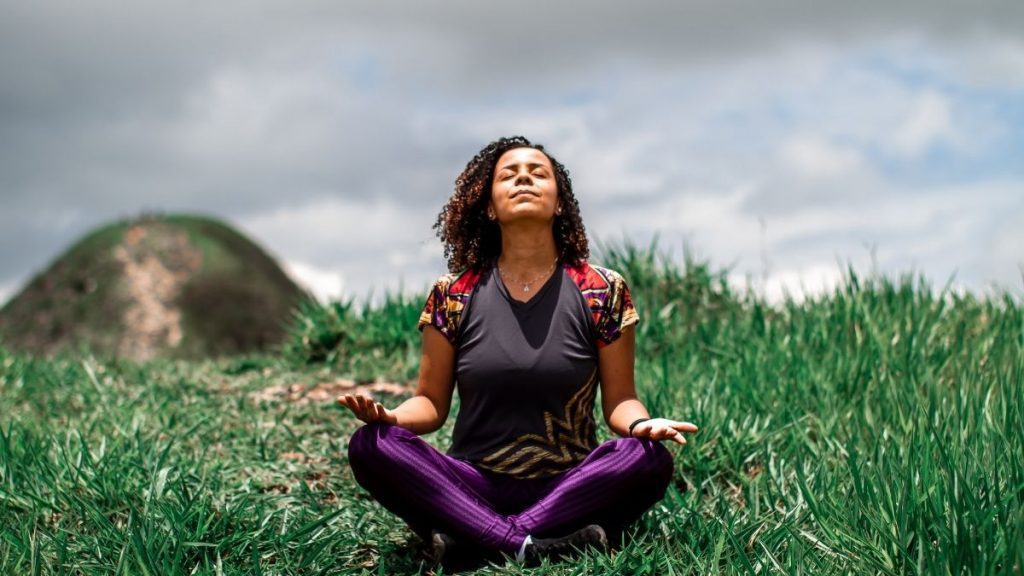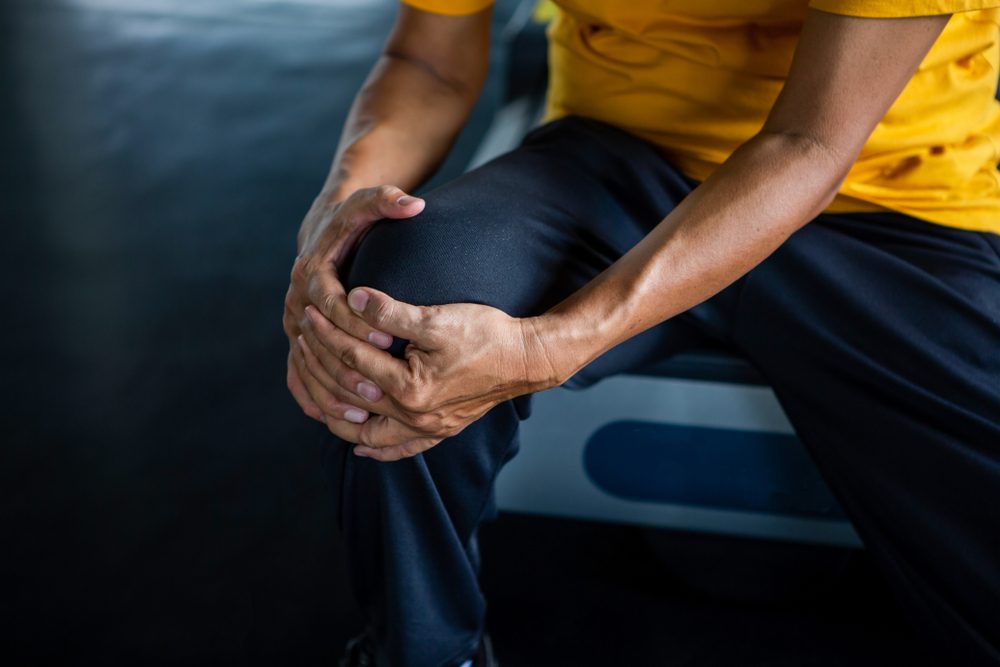
At To Better Days, we are committed to making every day better for people living with arthritis and other chronic pain conditions. We know that managing arthritis isn’t easy, which is why in this guide we’re going to explore the most common types of arthritis in the UK to help you better understand and manage the condition.
Osteoarthritis
Osteoarthritis is the most common form of arthritis in the UK. Of the more than 10 million people living with arthritis in the country, nearly nine million have osteoarthritis.
Osteoarthritis is a condition that commonly develops in people in their mid-40s or older, but it can affect people of any age as a result of an injury or other joint-related condition. The condition affects the smooth cartilage lining of joints in the hands, spine, knees and hips. Eventually, the loss of cartilage can lead to bone rubbing on bone, causing significant pain and forcing the bones out of the usual position.
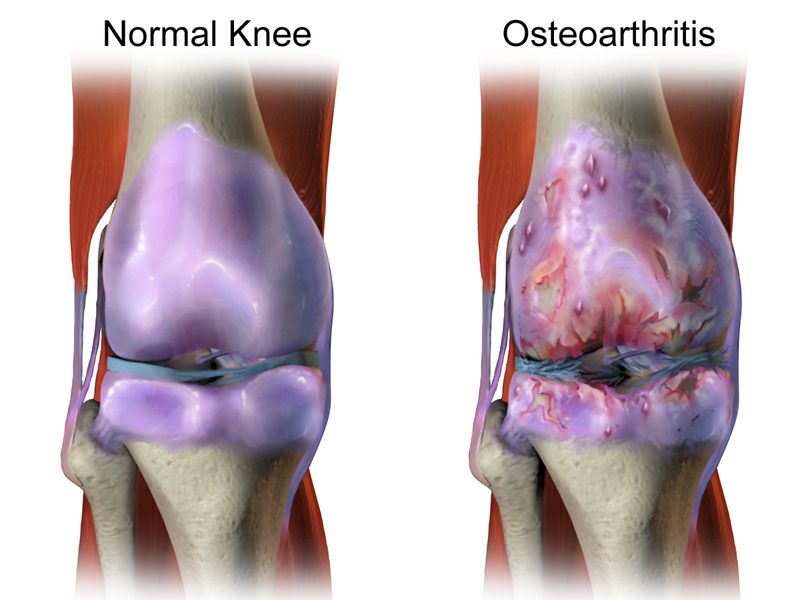
Managing osteoarthritis
Managing osteoarthritis is often a personal journey, with some treatments working better than others. However, essential oils with anti-inflammatory properties that are applied topically, low impact exercise on land and in water and intermittent hot and cold packs applied to the joint can all be effective for some people affected by osteoarthritis. To Better Days active patches – which can be applied directly onto the affected area and start working in 30 minutes, soothing discomfort for up to 24 hours – have also helped many people with joint pain.
Rheumatoid Arthritis
Rheumatoid arthritis is the second most common type of arthritis in the UK, with more than 400,000 people suffering from the condition. It typically starts at between 40 and 50 years of age and affects three times as many women as men. The condition is caused by the immune system mistakenly targeting the joints, most typically the hands, feet, wrists, elbows, knees and ankles, leading to pain and swelling and eventually causing the joint to break down.
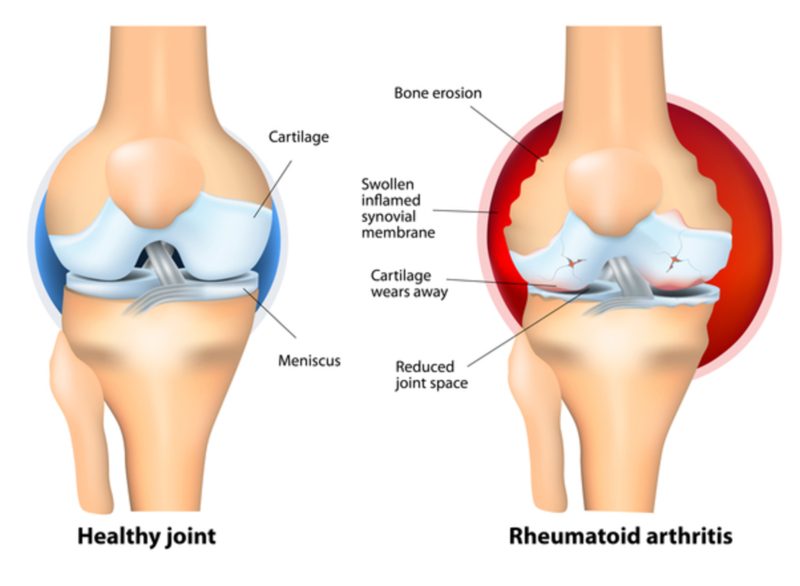
Managing the condition
Early and aggressive treatment to reduce and stop inflammation quickly and keep it at a low level is the most effective way to treat rheumatoid arthritis. This is done through a range of medications including painkillers, steroids and non-steroidal anti-inflammatory drugs. Surgery and physical therapy are other potential treatment options.
Other Forms of Arthritis
Osteoarthritis and rheumatoid arthritis account for around 90% of cases in the UK, but that still leaves 10%, equivalent to around one million people, with other forms of the condition.
Lupus
Lupus is a long-term condition that causes inflammation in the skin, organs and other parts of the body. Systemic lupus erythematosus (SLE), the form of lupus that causes the symptoms we typically associate with arthritis, cannot be cured but early treatment can help to make the symptoms more manageable.
As well as joint pain, skin rashes and extreme tiredness are the most common symptoms of lupus. In addition to this, ulcers in the mouth or nose and swelling of the lymph glands in the neck, armpits and groin can also be quite common.
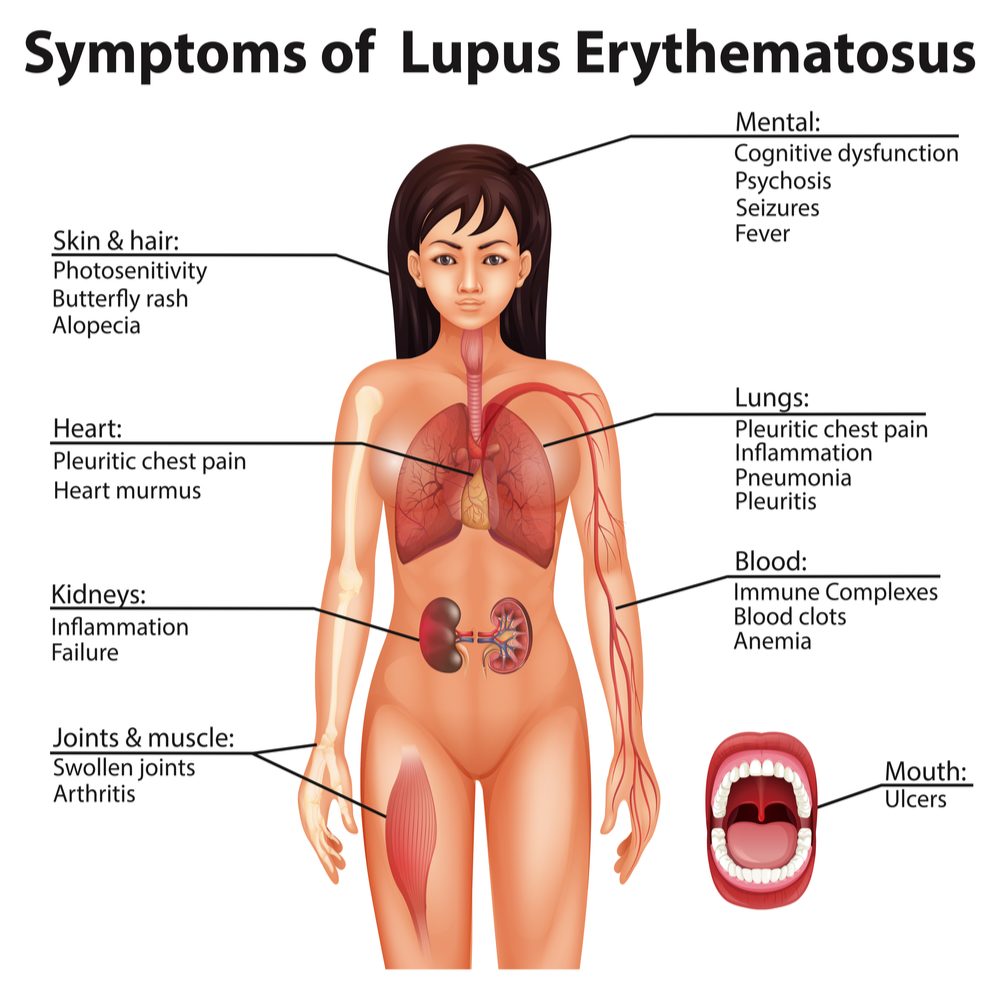
Managing lupus
Lupus responds well to several drugs, with the drugs chosen according to how serious the condition is and which parts of the body are affected.
Gout
Gout is not necessarily a condition everyone would recognise as a form of arthritis, but many of the telltale symptoms are there, including red, swollen and very painful joints.
Gout is caused by a buildup of urate crystals that form in and around the joints. Urate is a natural waste product from digestion. If urate levels stay too high for a prolonged period, crystals can form around firm joint tissues, such as the cartilage. The result is joint pain attacks that come on very quickly, often during the night, and typically last for between five and seven days.
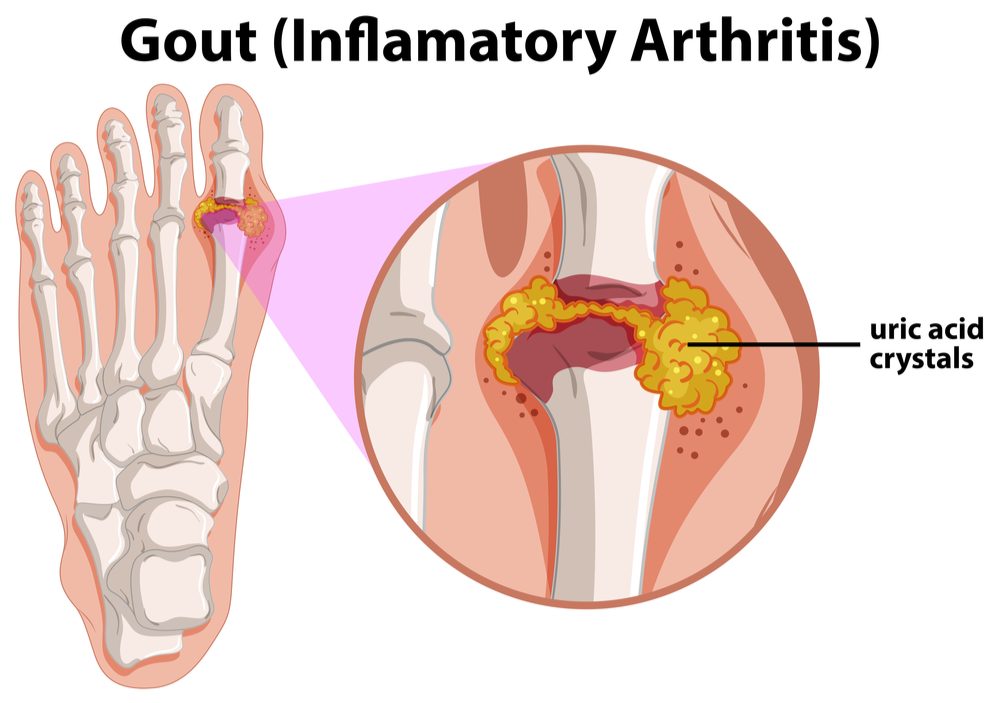
Managing gout
It’s a common misconception that gout is caused by overeating and drinking too much alcohol. Lifestyle choices are not the main reason that people get gout. However, a healthy lifestyle, including eating ‘arthritis-friendly’ foods can help to lower urate levels and reduce the risk of an attack of gout. Regular exercise, moderating your alcohol intake and making sure you get plenty of vitamin C may also help to reduce the risks.
Psoriatic Arthritis
Psoriatic arthritis commonly affects people who have the skin condition psoriasis, which causes patches of dry, red and scaly skin. This is an example of an autoimmune condition, when the immune system becomes confused and attacks healthy parts of the body. In this case, it can lead to symptoms that include swelling and stiffness of the joints, swollen fingers and toes and persistent tiredness.
Managing psoriatic arthritis
Staying active is one of the best things you can do to manage the symptoms associated with psoriatic arthritis. Swimming is a great way to exercise without putting a strain on the joints. Giving up smoking, eating a healthy diet and getting plenty of sunshine (or ultraviolet light therapy) can also be beneficial.
Septic Arthritis
Septic arthritis is a particularly unpleasant condition that causes sudden and severe pain in one of your joints and must be treated in hospital as an emergency. It can affect people of any age and is most commonly caused by bacteria that enters the body through a cut or injury. Once the bacteria is in the blood supply, it causes an infection in a joint, commonly the knee or the hip.
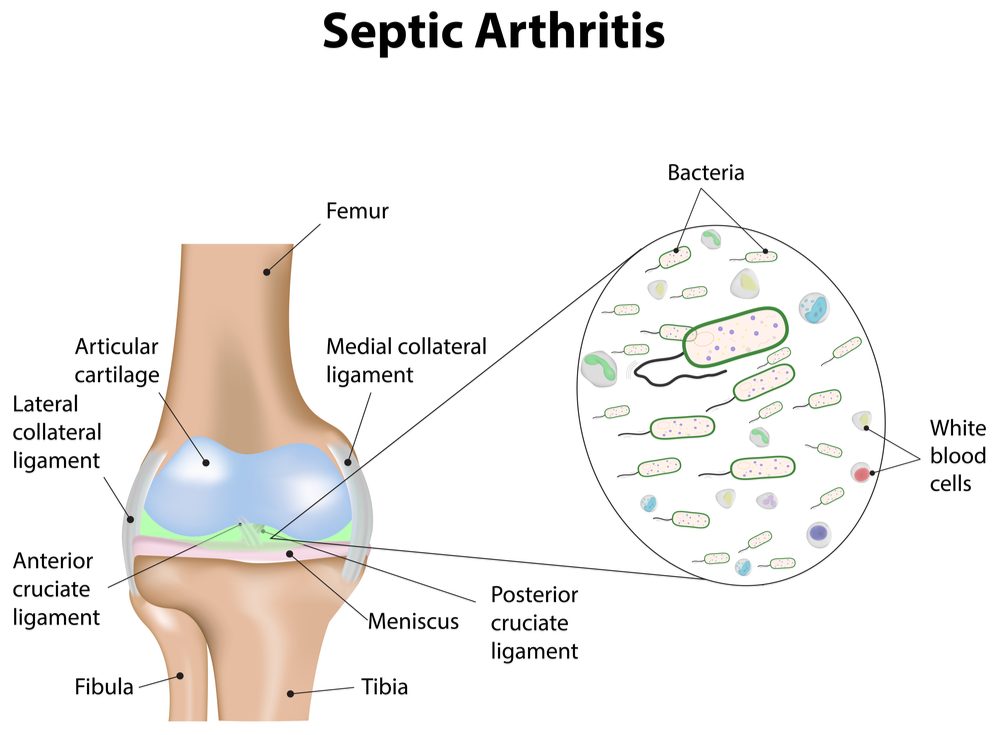
Managing septic arthritis
Septic arthritis is a condition that must be treated in the hospital as soon as possible with antibiotics delivered intravenously to fight the infection. You may also have fluid drained from the joint via a joint aspiration to reduce the swelling.
Juvenile Arthritis
Juvenile idiopathic arthritis is particularly cruel as it occurs before a person’s 16th birthday, most commonly in preschool-aged children and teenagers. In most cases this condition, which causes painful, swollen and stiff joints, can be controlled with treatment. At the moment it is still not fully understood what causes the condition, but thankfully there are a few tried and tested methods to control it.
Managing the condition
Improving your child’s general health by eating healthily and getting plenty of exercise and sleep is the most effective way to manage the condition. Drugs such as painkillers and steroids can also be used to control the symptoms and reduce inflammation.
Managing your arthritis
Managing the symptoms of arthritis is a case of trial and error for many people, which can be particularly frustrating. What works for one person may have limited results for another. That’s why you’ll see everything from acupuncture and the Alexander Technique listed as potential methods of alleviating the symptoms.
In Carole’s pain story, she explains how she went through endless treatments for chronic joint pain before trying To Better Days patches on her knee. She got help from a homoeopathic GP, an aromatherapist, an emotional therapist, a physio, a chiropractor and a Chinese medicine practitioner, none of which turned out to be long term solutions.
Now she uses a combination of aromatherapy for maintenance, Bowen therapy and To Better Days patches for flare-ups.

Finding Help
If you are living with arthritis – whether you are newly diagnosed or have experienced chronic pain for years – know that you are not alone.
- If you suspect that you might have arthritis or if your condition has worsened, make your GP your first port of call to confirm the diagnosis and run through potential pain relief options
- There are many specialist charities, such as Versus Arthritis and Arthritis Action, that can provide lots of online information and resources, as well as in-person support
- You can join the chronic pain community on our Facebook page for advice, support and personal stories from others living with chronic pain


